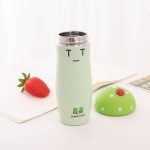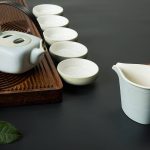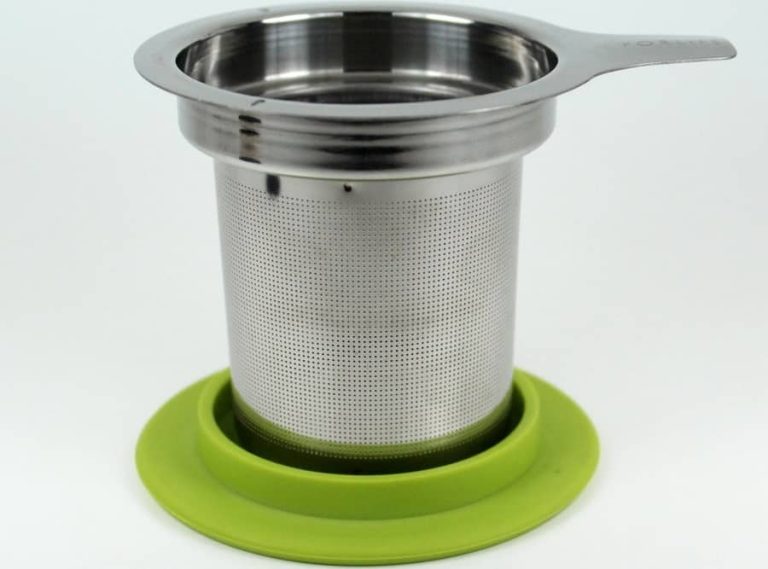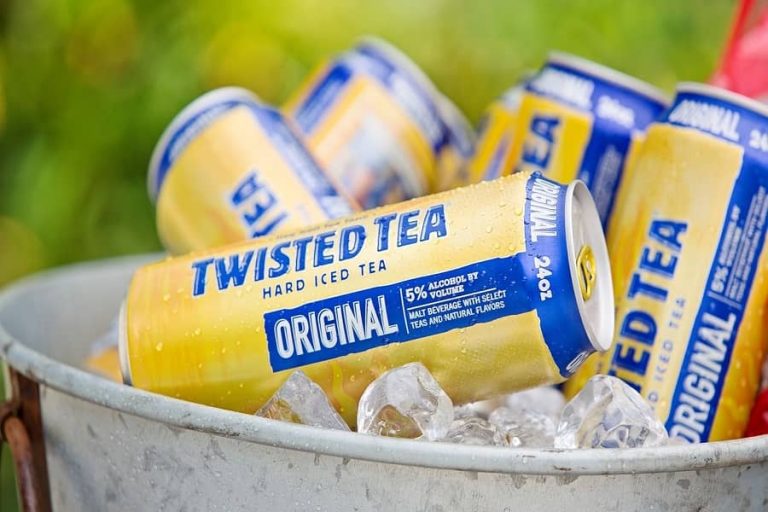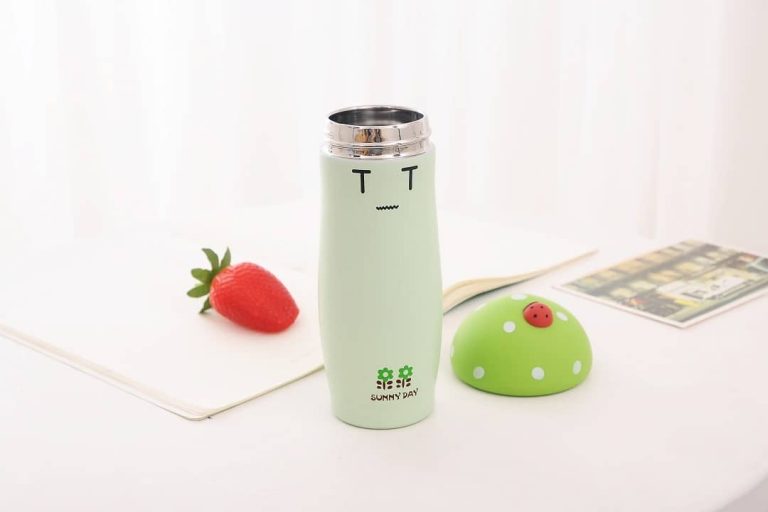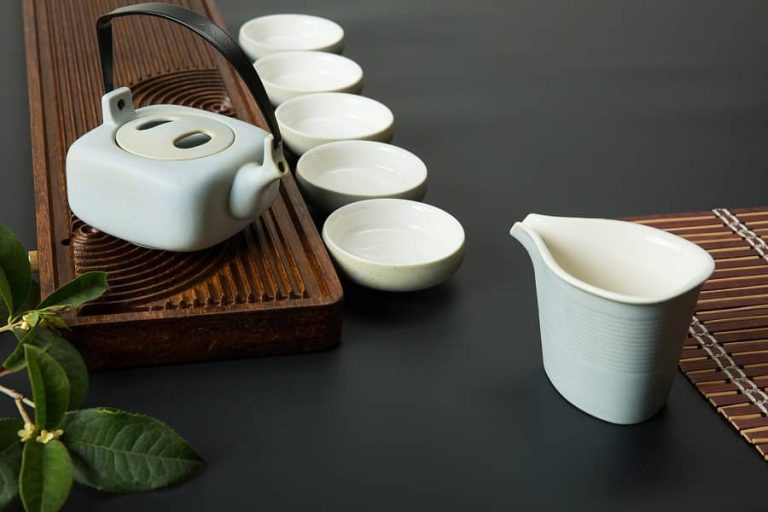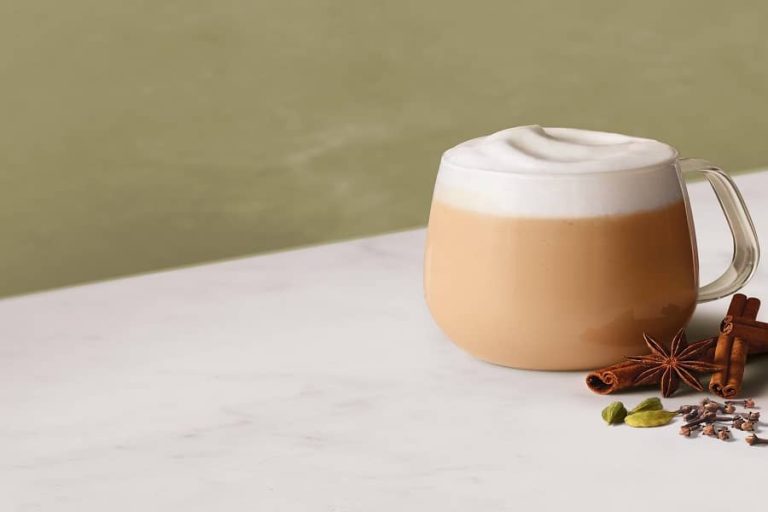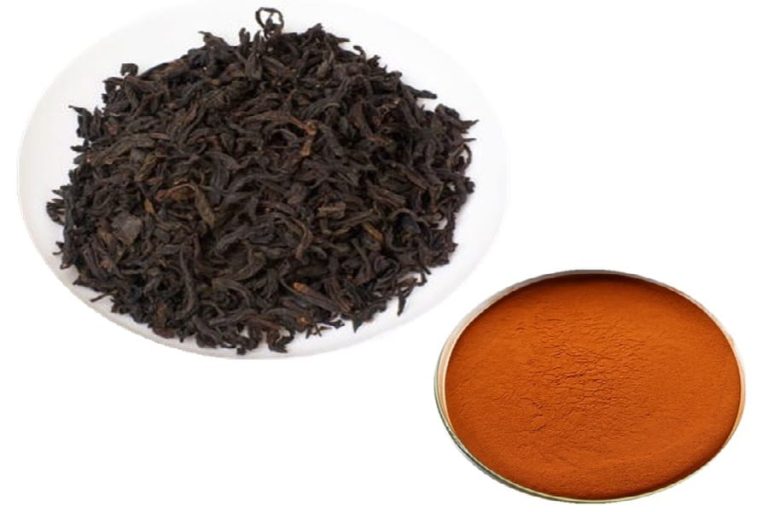How to Choose Glass Tea Sets
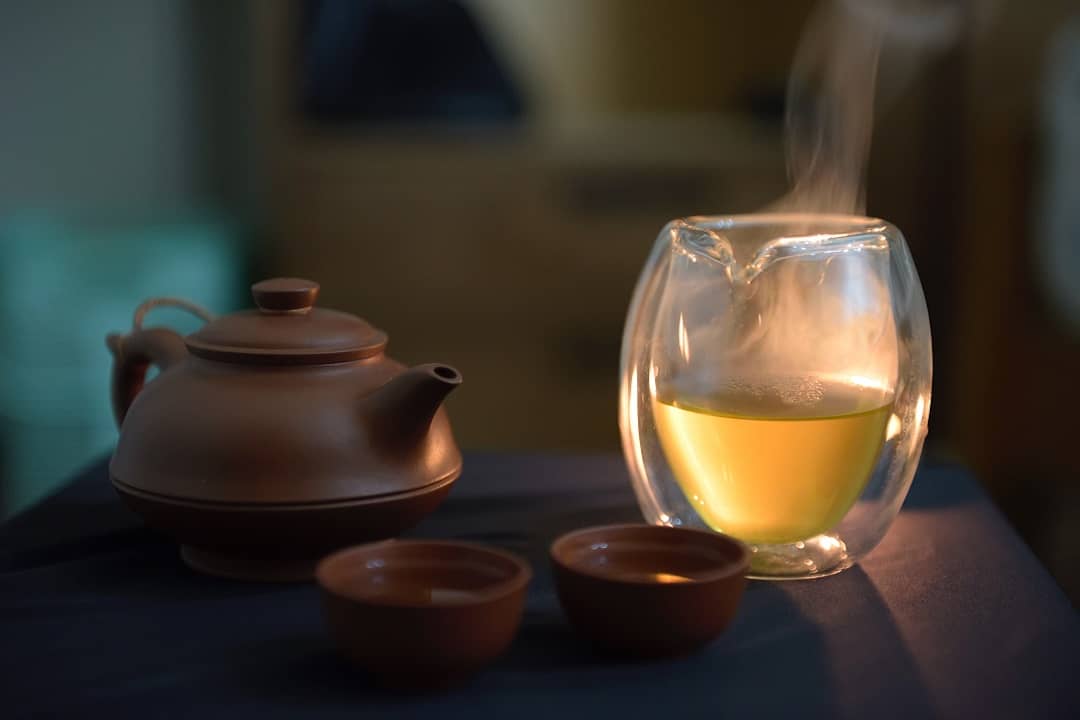
Among many tea sets, glass tea sets are unique because of their bright and smooth appearance. Many tea lovers also have a special liking for glass tea sets. Today we are going to talk about glass tea sets.
Glass is generally mixed with sand, limestone and soda ash containing quartz, then melted and shaped under high temperature, and then cooled and molded. Making tea with glass tea sets has many advantages and disadvantages.
Advantages of glass tea set
First of all, the advantages of glass tea sets mainly include the following aspects:
- The appearance is dazzling. Glass is transparent and plastic, so tea sets made of glass have different shapes and dazzling luster.
- Making tea is a feast for tea dancing. The glass tea set has a transparent texture. When making tea, you can directly watch the beautiful posture of the tea in the cup, and the bright color of the tea soup is also clear at a glance.
- Keep the tea aroma as much as possible. Glass tea sets have high density, small porosity, low water absorption, and will not absorb the taste of tea. Different teas will not taste together. The delicate green tea is brewed with glass tea set. The tea fragrance is not easy to be absorbed, and the original taste of the tea is retained.
- Easy to clean. The glass tea set is easy to clean after making tea and has no residual taste.
- Low cost. The cost of glass tea set is low because of mass production. In most cases, the price is lower than other tea sets, and it is convenient to purchase.
Disadvantages of glass tea set
Of course, the glass tea set also has its inherent shortcomings, which we cannot ignore.
- The texture is fragile. The glass tea set is fragile, so it may be damaged by carelessness in the process of making tea.
- It is hot. Glass tea sets are hotter than ceramics, purple clay, metal and other tea sets. It is not suitable to directly hold the freshly brewed tea when it is poured into the glass.
- The artistic value is not high. Most of the glass tea sets are produced in batches (except for a few), with weak craftsmanship, low artistic value and no great collection value.
How to buy glass tea sets
Therefore, the advantages and disadvantages of glass tea sets are obvious. Whether to choose glass tea sets or not depends on personal preferences. If you like glass tea sets, how to choose them is another problem you have to face.
High quality glass tea sets can provide tea color, fragrance, taste and shape, and will not make the tea soup look turbid. At the same time, high-quality glass products are safer and will not crack easily, while low-quality glass tea sets are easy to damage. So what should we pay attention to?
- High borosilicate glass is preferred
On the market, glass pots can be divided into heat-resistant and heat-resistant ones. The use temperature of heat-resistant glass is generally “- 5 to 70 ℃”, and the use temperature of heat-resistant glass can be 400 to 500 ℃ higher, and can withstand the transient temperature difference of “- 30 to 160 ℃”. As a tool for making tea and boiling tea, the high-temperature and lightweight high borosilicate glass pot is the first choice.
The expansion coefficient of high borosilicate glass is low, and it will not crack when the temperature difference suddenly changes; High temperature resistance and acid resistance also make it difficult for high boron silicon to precipitate harmful substances in daily drinking water use.
The high borosilicate glass tea set is much lighter in weight than the “raw glass” containing a lot of heavy metal ions. It also looks different from the ordinary glass in appearance, and is visually separated from the hard and brittle feeling of “raw glass”.
- The thicker the glass, the better
The high-quality high borosilicate glass has uniform thickness, is very transparent under sunlight, has good refraction effect, and the sound of knocking is crisp.
It is better to use thick glasses to hold cold drinks, while it is better to use thin glasses for hot drinks than thick glasses.
Because the thick glass is mechanical, the “annealing treatment” in the manufacturing process (to let the temperature of the tea set drop slowly and naturally, and completely eliminate the stress) is not as good as the thin glass blown. The heat dissipation speed of thick glass is not as fast as that of thin glass. When boiling water is poured in, the inner side of the cup wall is heated first and expands rapidly, but the outer surface does not expand synchronously, so it breaks. When a thin glass is flushed into boiling water, the heat energy will spread rapidly, and the glass body will expand evenly and synchronously, so it is not easy to burst.
High borosilicate glass is generally not made very thick, because many tea sets can be heated by open fire. If the glass is too thick and the heat insulation is too good, it will not have the effect of heating and insulation by open fire.
However, impact resistance is also a very important indicator. It can not be said that impact resistance can be ignored when it can withstand high temperatures. The impact resistance of too thin glass is relatively weak. Therefore, the thickness of heat-resistant glass tea set is formulated after comprehensive and professional consideration, and it is not recommended to purchase it if it is too thin or too thick.
In addition, the failure to eliminate the internal stress most likely to occur in each connecting part is also a common cause of bursting. When purchasing, you should also pay attention to whether the joints such as handles and spouts are smooth and natural.
- The tightness of the lid should be appropriate
When buying a glass pot, check the tightness of the lid and neck. If the lid and neck are too loose, it is easy to fall off during use. If it is absolutely consistent, it is also easy to get stuck and damage. Therefore, the lid and body of a glass pot should be kept tight. A loose lid does not mean inferior quality.
Moreover, the glass tea set is not a pressure resistant container that can withstand pressure. If the lid is too tight and too sealed, when the internal temperature changes (whether it is natural cooling or open flame heating), the air part will expand and contract with heat. If the air pressure difference cannot be balanced, the entire glass ware will become a pressure container. If the pressure load is exceeded, explosion will occur.
Although the lid of the teapot can not be completely tightened, it does not affect the normal use of the tea set. However, in order to satisfy people’s anxiety about not tightening the lid, there are many glass teapot lids on the market that are a combination of bamboo lid and sealing ring, which is a good choice.
- Pay attention to the small bumps at the mouth or bottom of the cup
This knot, which is called “glass drop” in the production terminology, is a feature of glass making in front of the manual furnace, in which the residual glass solution is cut off after the handmade glass products are completely formed.
Leave the closing mouth at the mouth of the cup or pot to prevent the absolute suction between the glass fittings and avoid the explosion caused by the inability to release the high pressure in the pot during the heating process mentioned above. However, for the sake of beauty, many handmade glass tea sets specially leave glass drops at the bottom of the cup.
This glass tea set adopts the unique phenomenon of furnace blowing processing technology inherited by the industry for hundreds of years. It is normal and exists on all hand blown glassware, and it is also an important feature to distinguish manual glass from machine-made glassware.
- Manual traces or small bubbles are allowed
High quality glass tea sets are made of pure materials. If the materials are not pure, the glass will have wrinkles, bubbles and sand defects. Grain refers to the appearance of stripes on the glass surface; Bubble refers to small cavities in glass; Sand refers to whether there is melted white silica sand in the glass. These defects will affect the expansion coefficient of the glass, which is easy to crack the glass, and may even automatically crack due to excessive temperature.
Of course, the number and size of bubbles is one of the indicators of quality, but the probability of producing “no manual trace and no small bubbles” under the high temperature processing environment is almost zero, which can also happen to expensive heat-resistant tea sets. However, as long as it does not affect the appearance and use, we should allow some unavoidable handmade traces and small bubbles.
- Stainless steel filter screen is better
It is not recommended to use plastic filter screens for teapots. Plastic products may decompose into substances harmful to human health at high temperatures. Stainless steel filter screens or ceramic or glass filter screens are recommended. They are durable, non-toxic and easy to wash.
Those who like to brew tea cakes will need a finer and denser filter screen, because there are more chips than loose tea.
- The induction cooker and open fire cannot have both
The raw materials of high borosilicate glass can be heated by a slow fire below 150 ℃, but can not be directly heated by an electromagnetic furnace. Since the glass itself is not a metal and has no magnetism, there is no reaction when heated by the induction furnace.
In one exception, the heat-resistant glass tea set with the magnetic film baked at the bottom can be electromagnetically heated, but this tea set can not be cooked with open fire, otherwise the magnetic film will be easily damaged.
Therefore, the two cannot be used together.
What should I do if the glass teacup is very hot
Admittedly, glass tea sets are not as heat-insulating as purple clay pots. But compared with ordinary glass tea sets, double glass, double ear design and adding an extra layer of silicone cover outside are effective improvements.
Notice for Glass Tea Set
·Handle with care and avoid collision.
·Do not put metal utensils into the microwave oven for heating, because the microwave cannot penetrate the metal, causing microwave reflection, which may cause high temperature and damage to the microwave emitting devices.
·It can prevent dry burning, sudden cooling and sudden heating, and can be cleaned after cooling for a period of time after use.
·When using metal tea dividers, they will become dark due to tea dirt. If they cannot be washed off with neutral detergent, they can be soaked in vinegar and cleaned.
·Rubbing with sponge dipped in salt or toothpaste can easily remove the tea dirt of teacups and teapots.

